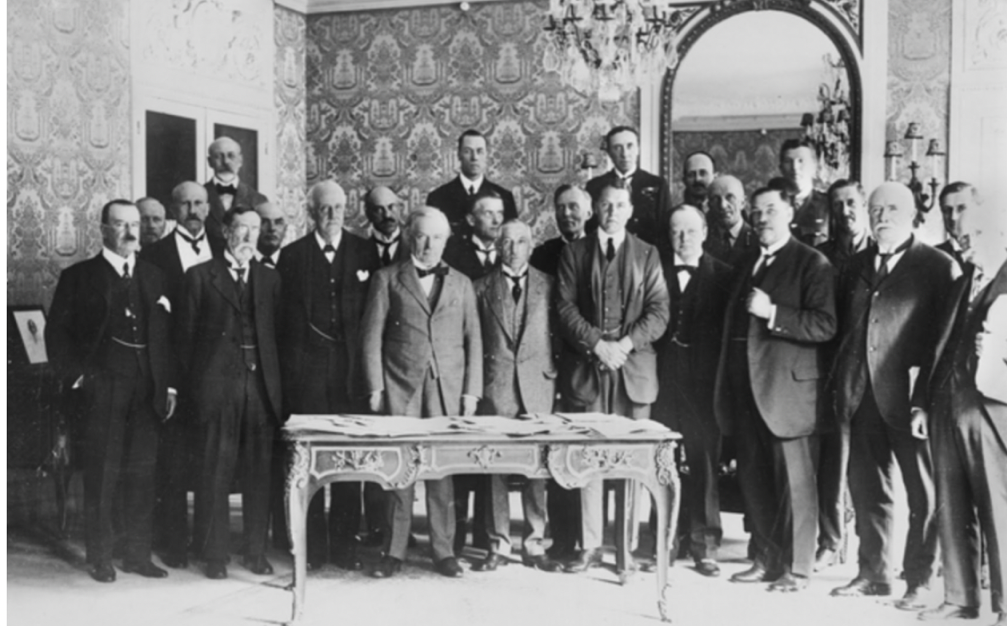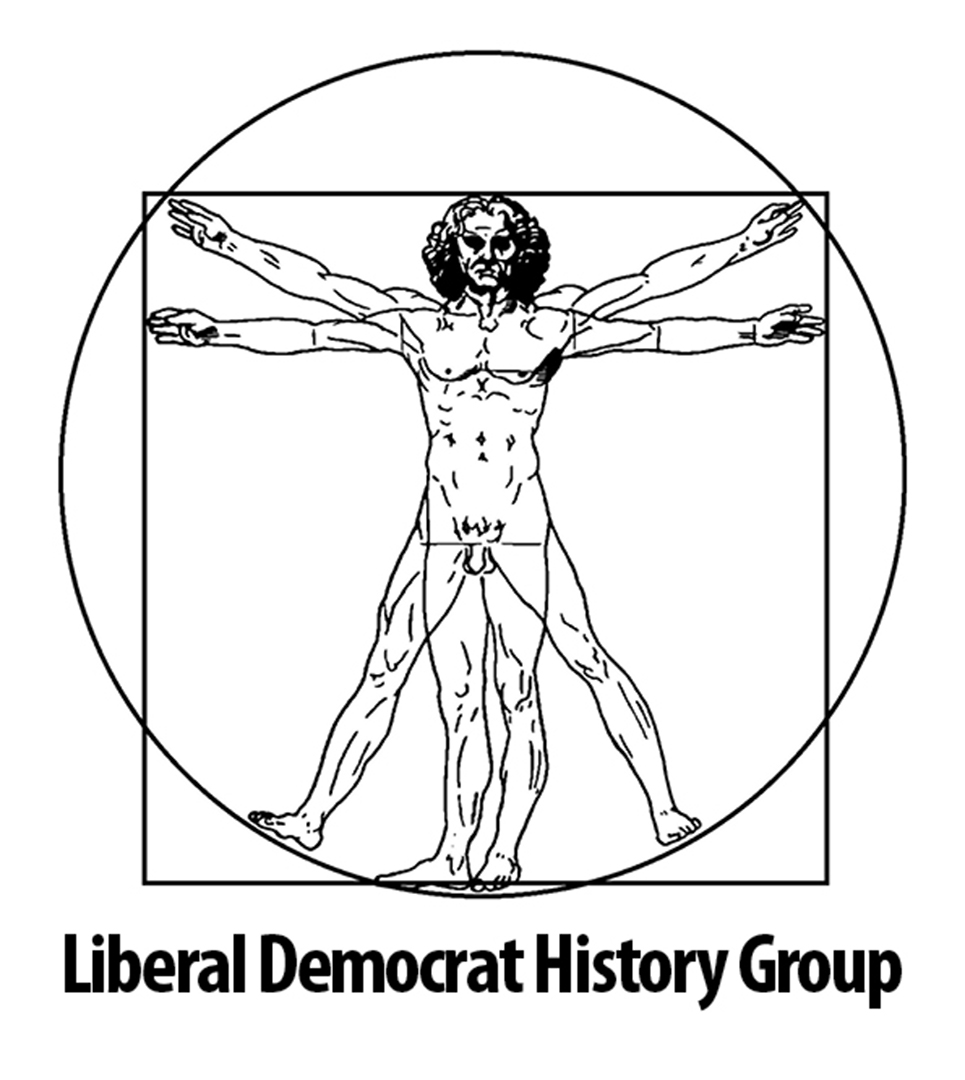Many members of the Federation were the relations of Liberal MPs and were accustomed to the mechanics of party politics. Asquith’s daughter, Violet Bonham Carter and Lloyd George’s daughter Megan were both active members of the organisation. As a result, Liberal women were able to use their political knowledge to influence the Party’s agenda relatively successfully.
In 1892, the issue of women’s suffrage led to a schism within the organisation, when a progressive wing led by Lady Carlisle committed the Federation to supporting the campaign for votes for women. Many of the Federation’s members were also involved with the National Union of Women’s Suffrage Societies and were consequently disappointed at the negative way the Liberal leadership reacted to the suffrage campaign. Carlisle had first expressed her dissatisfaction in 1887, as part of a group of women that founded the Liberal Women’s Suffrage Society. However, not everyone in the Federation shared her stance and around 10,000 moderates broke away from the organisation to form the Women’s National Liberal Federation (WNLF) in protest at the decision to back the controversial campaign for women’s suffrage.
Despite this setback, the WLF continued to work for the enfranchisement of women and in June 1914 the organisation pressed the Liberal Government to introduce a Bill extending the vote to women. The Federation also passed the Cambridge Resolution which stated that the organisation would withdraw its support for any Liberal candidate that did not support the adoption of women’s suffrage.
Although women were finally granted the vote in 1918, the WLF had faced great difficulty in persuading the Party’s hierarchy to support their cause. Nonetheless, some men within the Party were generally more supportive of the organisation and figures such as Gilbert Murray even came to speak at the annual WLF conferences.
During this period, the WLFs membership fluctuated considerably. Membership of the organisation had soared from 66,000 in 1904, to 133,215 by 1912, although by 1915, numbers had dropped back to 106,997. The situation deteriorated further once the suffrage issue had been settled and by 1920, the WLFs membership had dropped to just over 95,000. Nevertheless, the organisation did experience something of a revival in the late 1920s, and by 1928 the WLF had around 100,000 members once again. Given the general decline of Liberalism during this period, this was somewhat unprecedented for a Liberal organisation. Even by 1935, the WLF annual conference was still attracting around 800 delegates.
This reflected the sense that Liberal women were more politically independent than their counterparts in the Conservative Primrose League. The WLF did not shy away from controversial issues, such as women’s suffrage, even when this placed them at odds with the Party leadership. They were also instrumental in helping to raise the importance of welfare issues on the Party’s agenda, passing motions in support of measures such as widows’ pensions and family endowments during the 1920s. Richard Grayson (Liberals International Relations and Appeasement, 2001) has also suggested that the WLF tended to have a deeper interest in international issues than many of their fellow Party members. Grayson claims that the WLF were generally more radical than the Party at large when it came to foreign affairs and defence, as illustrated by their decision to support a ban on private arms manufacturing a year before the National Liberal Federation (NLF) reached the same conclusion. As with many issues, this highlighted the extent to which the WLF was a radical strand within the Liberal Party, which had a significant influence on moulding its political agenda.

Journal of Liberal History
For the discussion and research of Liberal, Liberal Democrat and SDP history
Developed and hosted by Prater Raines
